What is Psychodynamic Psychotherapy?
Learn more about the benefits of psychodynamic psychotherapy and what to expect from a typical session.
Written and medically reviewed by the clinical team at Ripple Ranch Recovery Center, including licensed therapists, addiction specialists, and medical professionals.
What is Psychodynamic Psychotherapy?

Learn More About Ripple Ranch Recovery Center
What to Expect in Psychodynamic Psychotherapy
Typical Psychodynamic Psychotherapy Sessions
Who Benefits from Psychodynamic Psychotherapy?
-
Anxiety
- Depression
- Eating disorders
- Interpersonal problems
- Personality disorders
- Psychological distress
- Social anxiety disorder
- Substance use disorders
Learning Coping Mechanisms
Important Characteristics of Psychodynamic Psychotherapy
-
Identifying patterns
- Understanding emotions
- Improving relationships
Role of the Psychodynamic Therapist
Responsibilities of a Psychodynamic Therapist
-
Modeling what healthy relationships look like
- Creating a supportive environment in which you are able to share what comes to mind
- Helping you explore and question your worldview
- Helping you examine your dreams and fantasies for deeper insights
- Working with you to develop constructive coping skills in order to handle your emotions
Types of Psychodynamic Psychotherapy
Brief Psychodynamic Therapy
Brief psychodynamic therapy is an accelerated approach to traditional psychodynamic therapy. When utilizing this method, it is believed that shorter increments of therapy will lead to more beneficial results compared to longer increments. Typically, this has to do with the duration of therapy itself and not with the time of each individual session.
Dynamic Interpersonal Therapy (DIT)
Dynamic interpersonal therapy, also known as DIT, is a sixteen-session therapy format that utilizes the core principles of psychodynamic psychotherapy. It focuses on analyzing past experiences and the feelings they elicit in order to better understand the current state of the mind and how to approach future events.
Psychodynamic Art and Music Therapies






